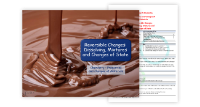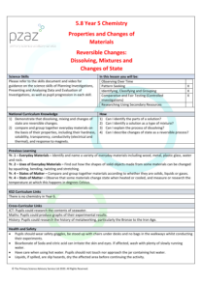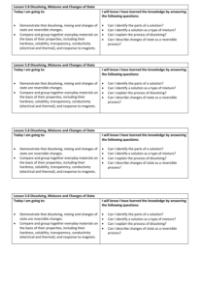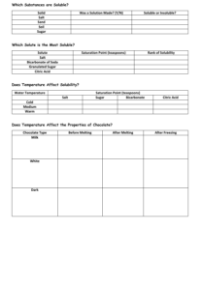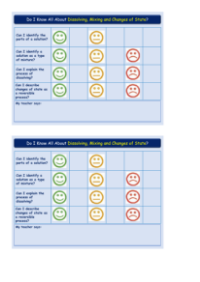Dissolving, Mixtures and Changes of State - Presentation

Science Resource Description
In this engaging chemistry lesson, students delve into the fascinating world of solutions, mixtures, and changes of state. They are prompted to explore and identify the components of a solution, such as the solute—the substance that dissolves, typically a solid—and the solvent, which is usually a liquid like water. The lesson uses an example of a common solution, ocean water, where salt acts as the solute and water as the solvent. Through a science program watched by characters Mario and Kelly, students learn that solutions are a type of mixture that can be separated by physical means, making the process reversible and distinct from chemical changes where new substances are formed. The lesson further clarifies that when a solute like salt dissolves, it does not disappear but occupies spaces between the solvent's molecules.
Practical experiments in the lesson allow students to investigate solubility by mixing various solids with water to determine if they form solutions. They discover that soluble solids can be dissolved to create solutes within the solvent, while insoluble solids do not. The concept of solubility is expanded upon with discussions on how temperature affects the ability of a solute to dissolve, revealing that higher temperatures can increase solubility. Additionally, the lesson covers the reversible nature of changes of state with water, examining how ice, water, and steam are all the same substance in different states, and can transition from one state to another through processes like melting, evaporating, condensing, and freezing. Through these explorations, students gain a deeper understanding of the principles of dissolving, the formation of mixtures, and the reversible changes of state in materials.

